Industrial living room ideas – 12 stylish spaces that show how this trend is done
Embrace this every-popular look in new ways, with our take on industrial living room ideas
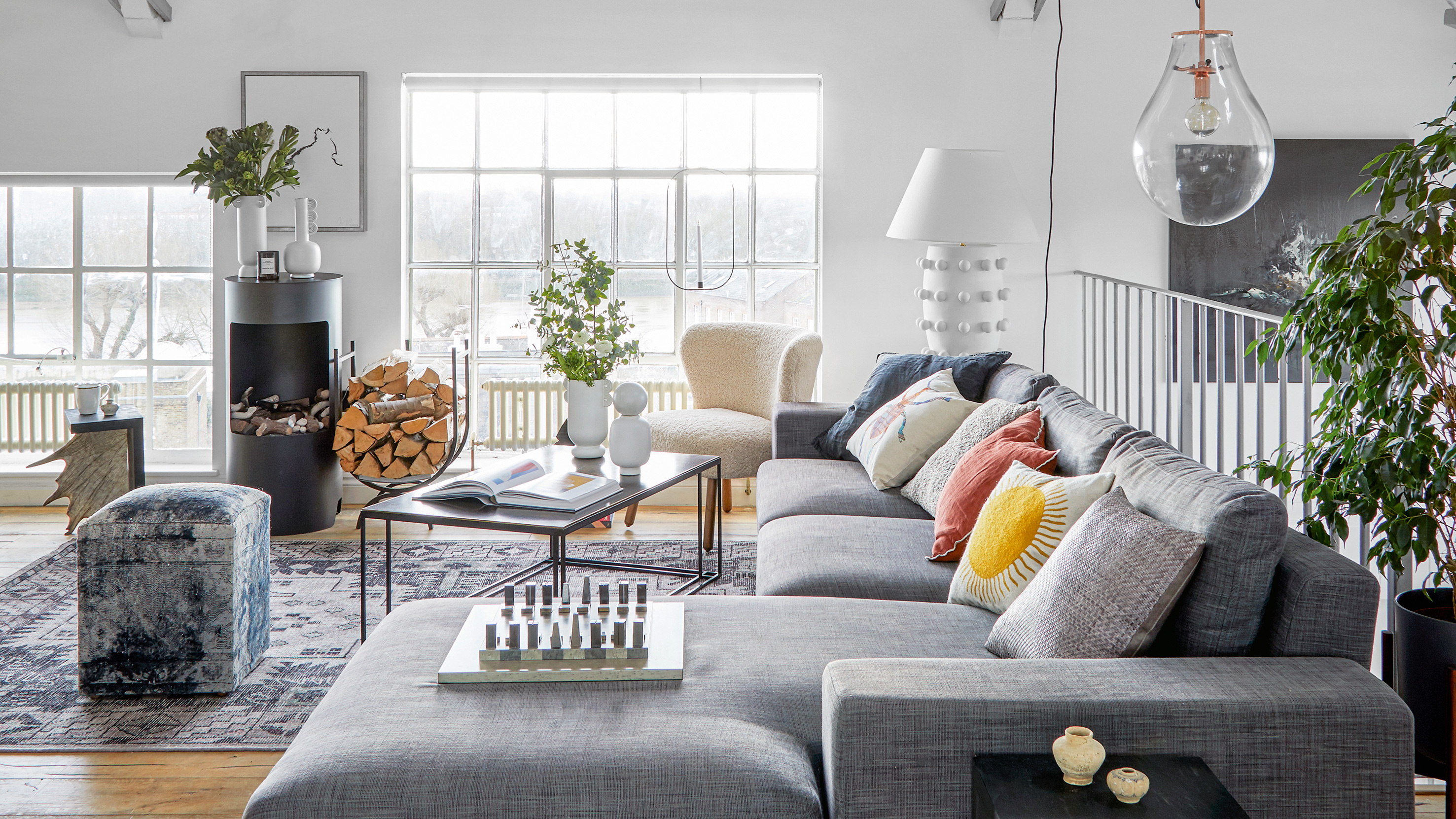

Industrial living room ideas and the over all style has been around for ages but did you know that this wasn't even a 'style' originally? It simply grew organically from hard-working spaces like garages, factories, and plants which were rid of any design or architectural pretense. The love for exposes walls, salvaged goods, broken flooring, and open pipes grew over time and thus the 'trend' of the industrial interior design grew. It's no wonder that even inside multimillion-dollar mansions, you will find this gritty living room theme, presented in a nice and proud manner.
'Driven by the conversion of old warehouses and defunct factories into spacious residential complexes, the iconic ‘industrial chic’ sensibility has roots in the 20th century. It is characterized by open-plan spaces, utilitarian elements and surfaces devoid of ornamentation,' says Meeta B. Talwar, Head of Retail and Styling, Mangrove Collective.
What is industrial home decor?
Uncluttered spaces that celebrate the raw materiality of the existing home. While some decor styles are about hiding the piping and ductwork, the industrial style embraces the unflattering elements, and in fact, throws a spotlight on them. Industrial interior design is raw, almost unfinished, with a casual vibe that's relaxing to live in.
In terms of materiality, exposed rafters, reclaimed wood, iron, brick, concrete, all are essential to this style. Flea market finds, salvaged goods and sleek, clean-lined furniture help create an industrial feel.
1. Look to vintage buildings for ideas
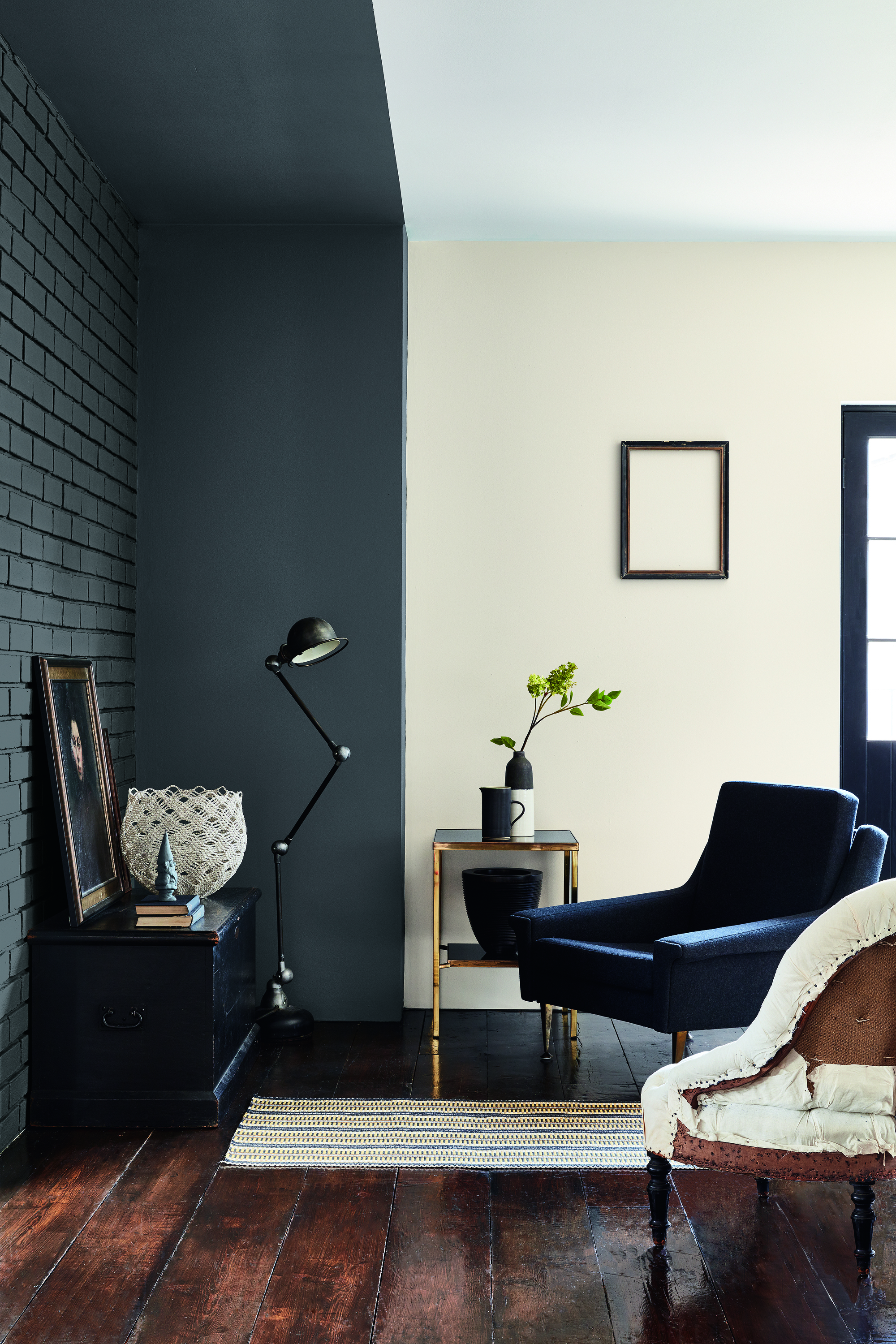
It's rough around the edges, the industrial style, and if you're open to it, then you could begin transforming your home with the living room. One way of drawing inspiration is by exploring old, local buildings that are usually industrial and traditionally structured. You could take a moment to notice how the seating layouts are organized inside these spaces, the colors used to complement the raw brick or concrete walls, see how the lights are hung from the double or triple height ceiling, and more importantly, take note of how the furnishings are usually pared back.
'If you don't have authentic industrial details in your home, you can add an industrial feel with living room wallpapers that depict elements of these spaces in rich detail, creating a dramatic change and transforming a space to create a truly urban and industrial aesthetic. Opt for designs such as ‘Vintage Pharmacy’ which presents rows of industrial era worn wooden draws, ‘Locker Room’ which features distressed metal lockers or ‘Industrial Cabinets’ with its rows of storage lockers, complete with rust and wear and tear.
These designs with their repetitive composition will bring a sense of structure as well as a raw and unfinished texture, creating the perfect backdrop to weathered wood and distressed leather furnishings,' shares Stefan Ormenisan, founder and creative Director, MINDTHEGAP.
2. Learn the skill of salvaging
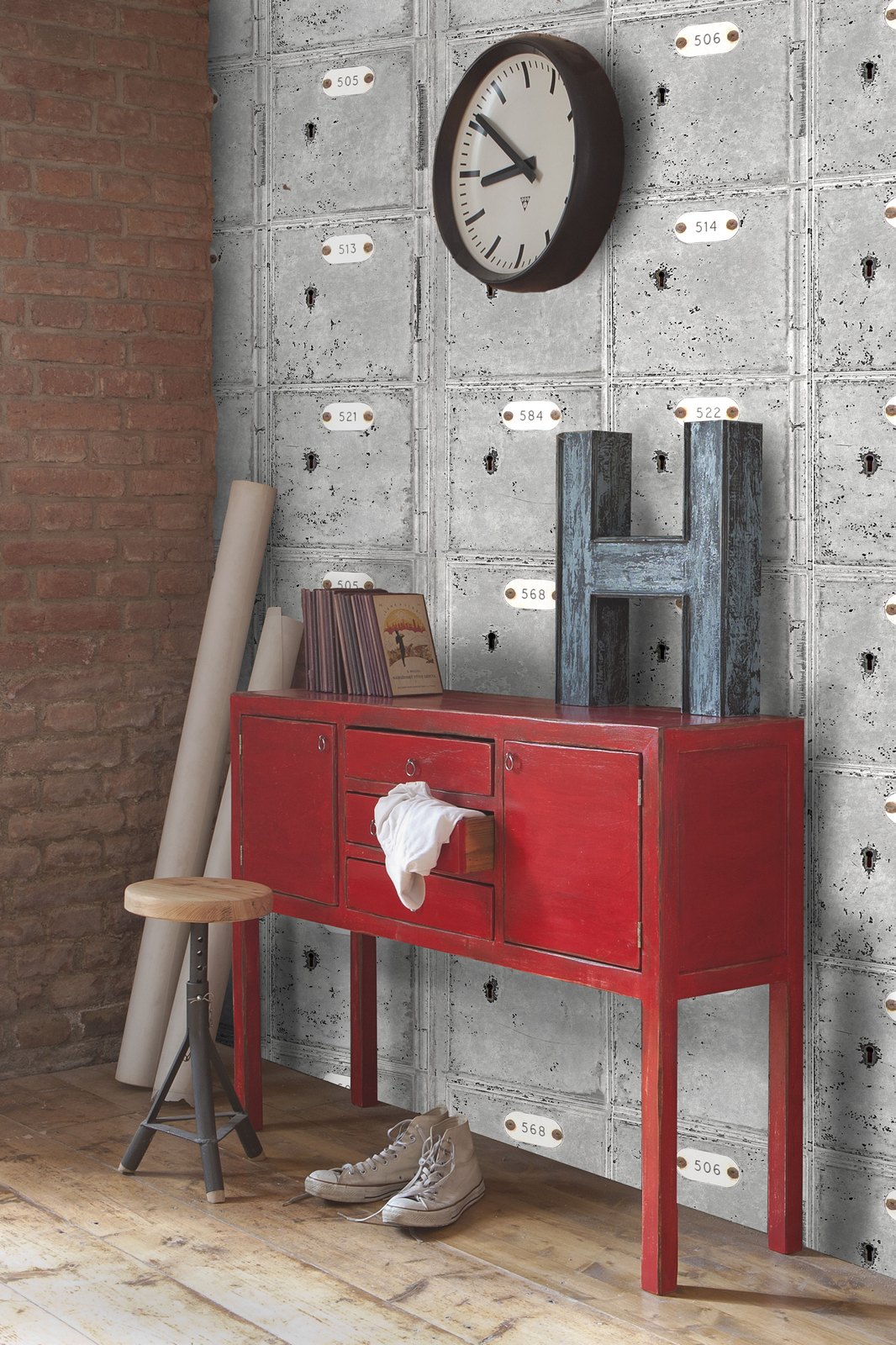
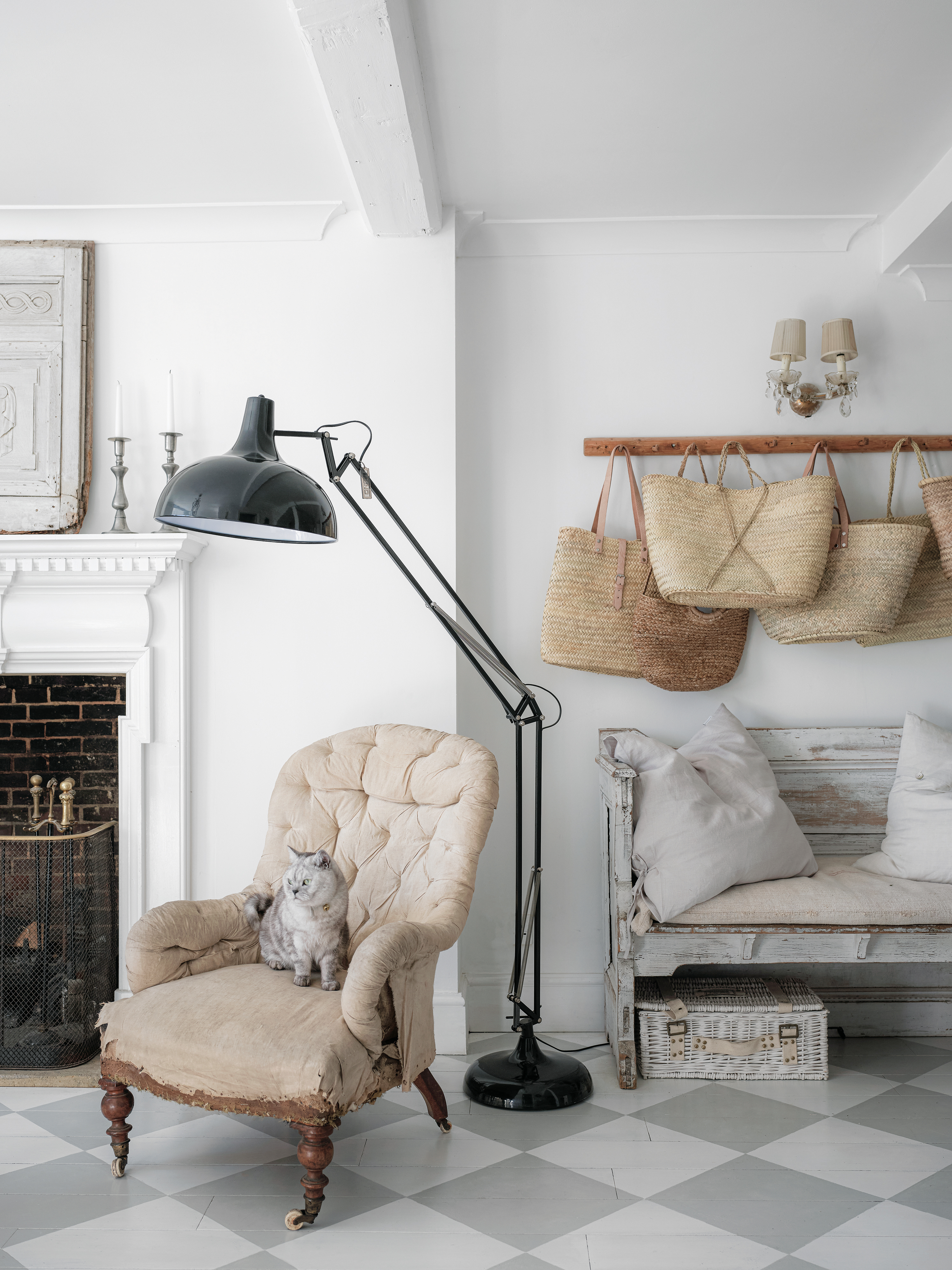
The beauty of the industrial style is that it encourages you to make the best out of waste. Nothing is trash – everything is a treasure! Think old-style telephones, typewriters, large vintage locks, crates, and barrels, that all have a strong character and can be the perfect fit for this theme. The more worn out they look, the better.
For modern rustic living room ideas, choose accessories by listening to your heart. Whichever piece speaks to you, you display it with pride. You could consider painting them or varnishing them to give them a slightly more polished look. You can even dedicate a corner in your living room of vintage finds, all grouped together.
3. Open spaces are ideal
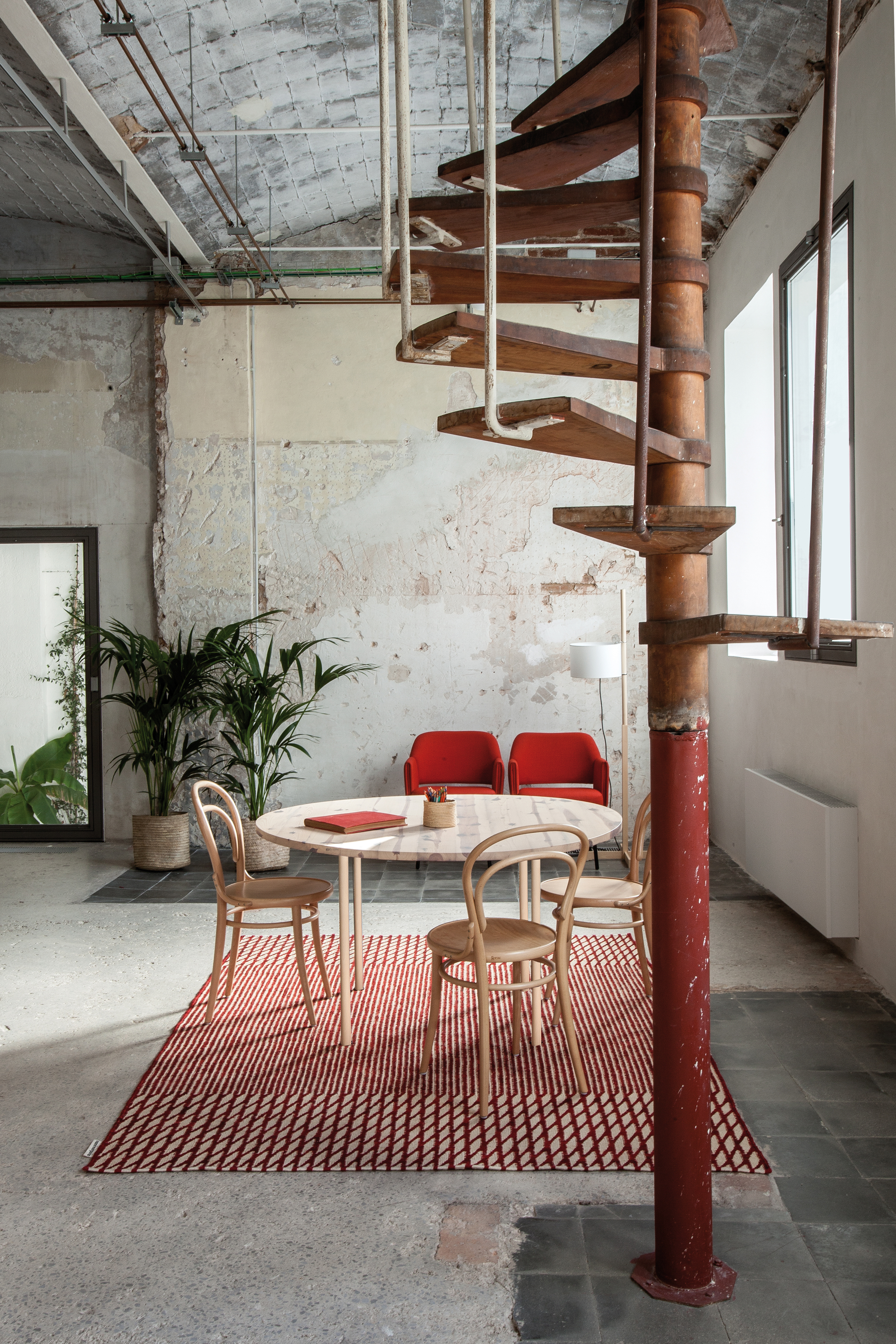
Ideally, the industrial style works best in open-plan homes because its genesis is in big, cavernous warehouses, garages, and packing plants. The industrial style can seem heavy visually, with exposed bricks, metalwork, and pipes, and if these elements are cooped inside a small space, the room can seem daunting. Of course, if you have a small living room, you may want to pare down on the rustic elements. Perhaps consider a brick wall, industrial lights, and a patchwork throw. Keep it minimal yet say a lot.
In open plan living, you can extend the industrial style to other areas, to create a unified look. Also, such plans help open up the rooms to more natural light which can help brighten up the room which features metallic objects, or dark paints.
If you feel your interiors seem too cold, then bring in warmth with natural materials like a wicker pouf, a wooden mirror, or a tall plant. Add in bits of color like mustard, burnt orange, and deep red.
4. Don't be shy of exposed materiality
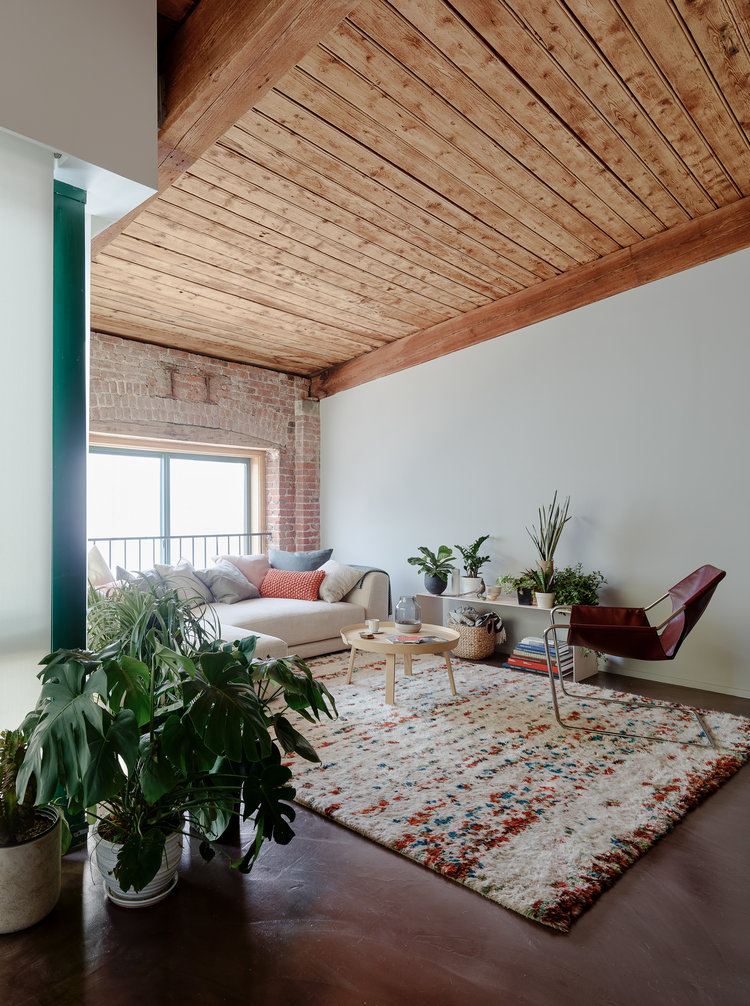
The idea is to create a 'tough', hardy space, where everything is out on display, and nothing is overly decorated. These rooms, in a sense, leave nothing to the imagination, so much so, that in pure industrial-style rooms, you can even see the ductwork. Unfinished walls, bare windows, and exposed piping enhance the structural skeleton of the room.
'This style is marked by raw concrete on walls, ceiling slabs, and even polished concrete floor. A great substitute to it would be a micro-concrete layer on the existing walls which would bring that raw flavor to your space,' says Prashant Chauhan, founder, Zero9.
Go all out. Don't bother covering those cinder blocks, pipes, or windows. If privacy's a concern, you could choose frosted glass, film or distressed glass mirrors that could help cover up the indoors. Curtains are a no-no in this style. For the flooring, honed or polished ones telegraph industrial chic. Old wood flooring, epoxy, or textured ceramic tiles are just pitch-perfect.
5. Fall in love with matte black and chrome lights
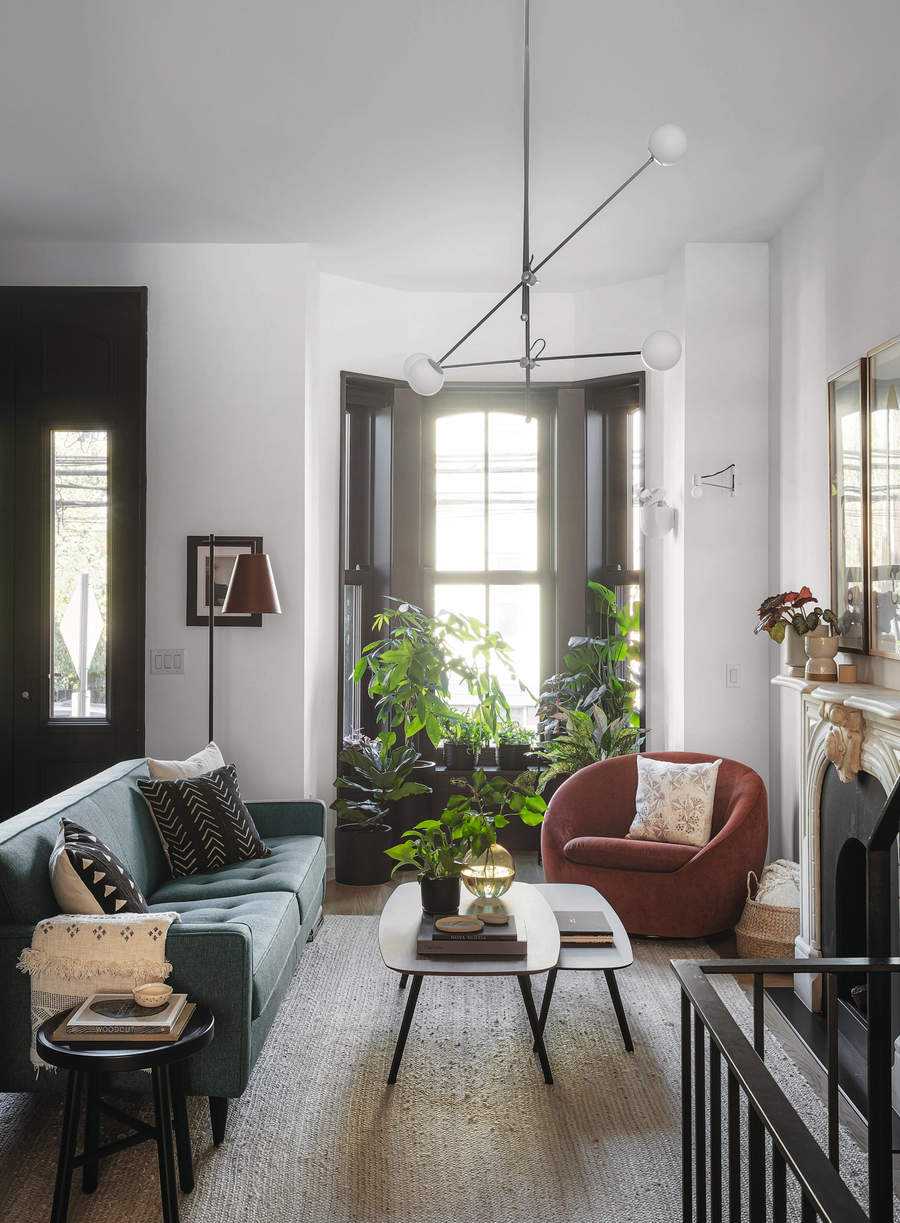
'Living room lighting in industrial buildings was often oversized and practical, with classic industrial era shapes and metal cages to protect bulbs from damage. As a historic brand, many of the designs in our collection have their roots in industrial design.' says Hollie Moreland, Creative Director, David Hunt Lighting.
'For a modern take on industrial style, consider a central row of oversized metal spinnings in matt black and chrome. The generous and utilitarian ‘Shorditch' pendant design is perfect for hanging en-mass to create design impact. Or, if you’re looking to bring a smaller scale contemporary industrial touch to an interior the ‘Loxley' collection is unabashedly masculine in its design, featuring an intricately textured backplate styled from the industrial chain.'
Things are always grungier and less structured in an industrial-style home. From sleek wood beaded chandeliers and lighting fixtures to low-hanging sculptural pendants with wide shades, all can brighten up a room tremendously without much work or effort. If space is small, use one big fixture for a bold statement or multiple smaller ones for a softer approach. 'Black fixtures with black sleeved cables also add to the rustic industrial feel,' shares Prashant.
6. Metal plays a key role in industrial style
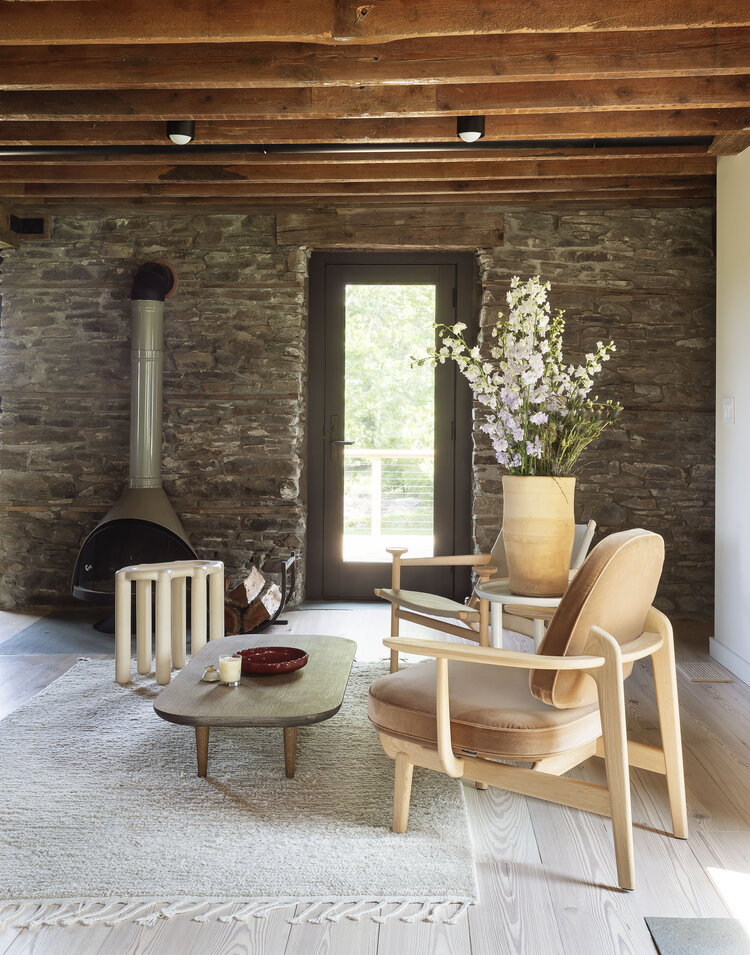
Rusted, galvanized, and corrugated metals are the bones of any industrial style. Essentially, anything that can be forged or welded is fair game. In your living room design, choose metals that have a matte finish or a kiss of patina – but nothing that shines or sparkles like gold or platinum.
For simple and stylish living room updates, choose cool metals juxtaposed with warmer materials like wood or stone, that will keep you from feeling as though you live in a factory. You could also consider bringing in wrought iron shelves, tables, and chairs to enhance the raw vibe.
7. Choose open shelving to add character
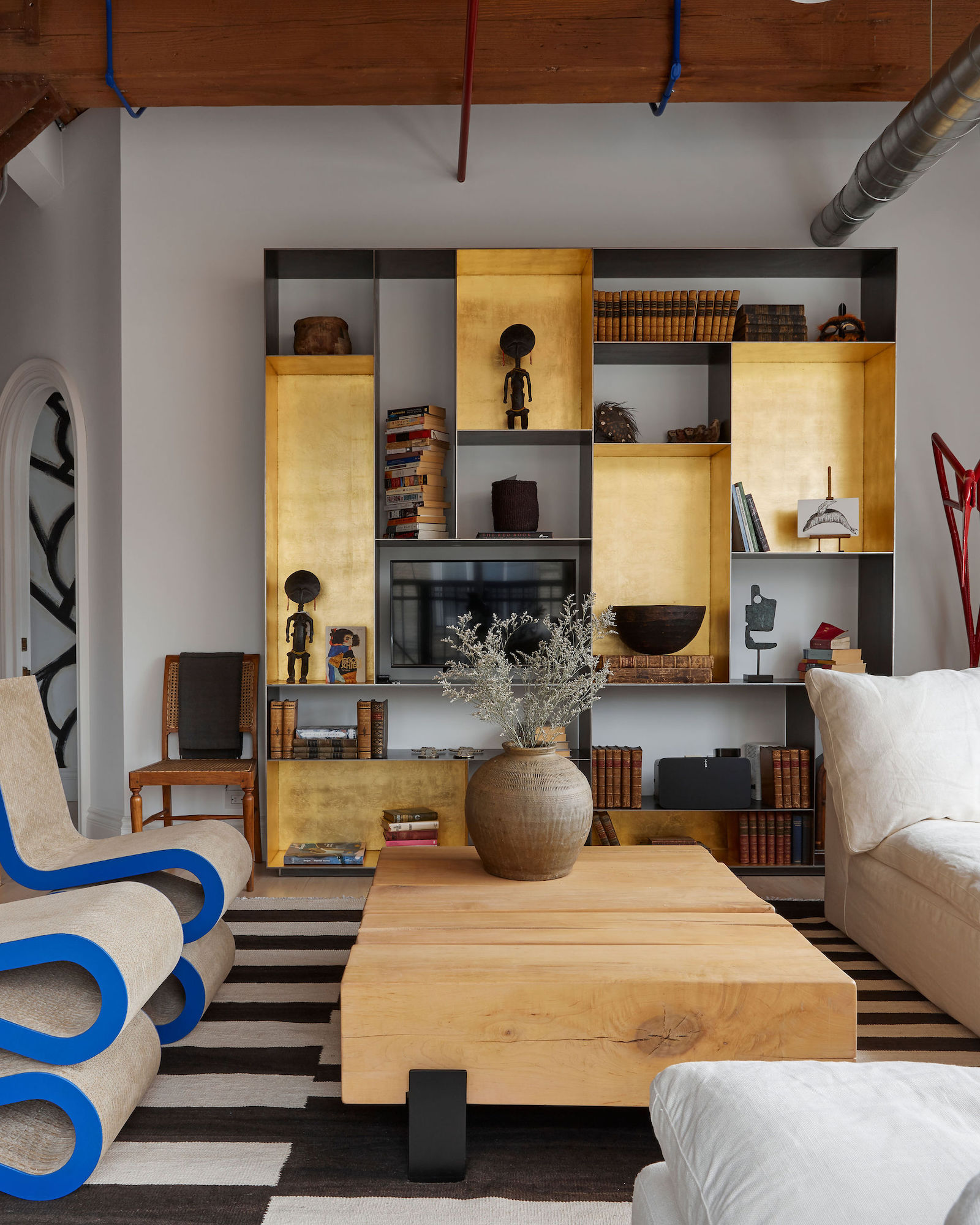
In terms of accessories, think of curbside castaways and eco-friendly products when choosing what to display. Visit thrift stores, flea markets, and garage sales to look for pieces that could add value to the interior. Choose open living room shelving enhanced with metallic paint or finish, and trolleys on wheels to display your knickknacks – after all, the idea is always to bare it all.
8. Leather gives a grunge effect
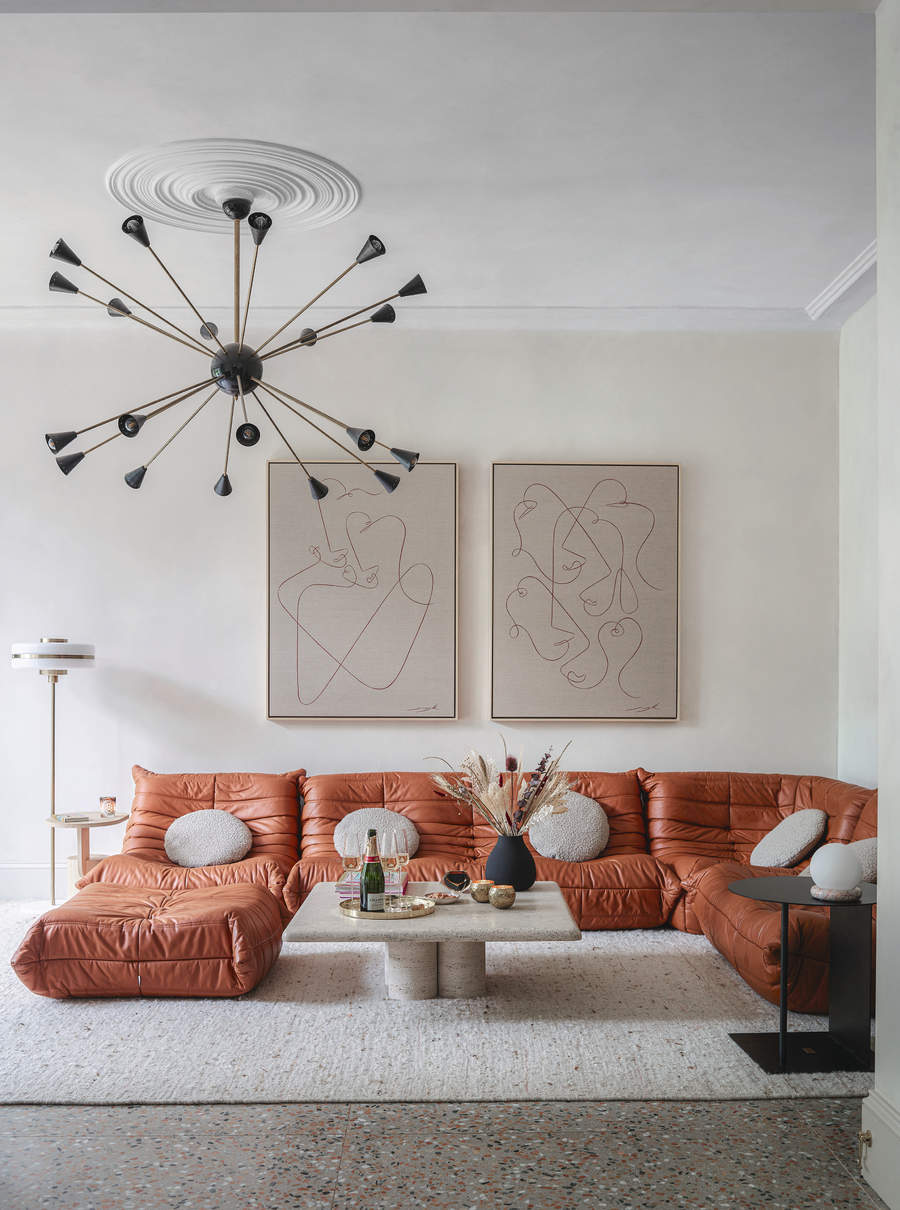
When it comes to living room furniture for this decorating style, going minimal is key. Ideally, you should have one bold piece and then a sprinkling of other seats. And, nothing makes a statement better than a distressed leather sofa in tan hues.
Leather furniture is versatile, and it looks great in any interior design project – whether it follows a vintage, contemporary, or industrial decor style. In an industrial living room, with exposed materials, one leather sofa is ideally enough else the space would seem too bulky. You can complement the sofa within a scheme of other smaller upholstered seating pieces.
In this style of decor, choose a top grain sofa because it is covered with natural imperfections and scars, just what you need in an industrial-style space. These natural imperfections are also signs of the high quality of the material. 'Materials in industrial design are derived from those prevalent in the industrial age, namely concrete, metal, glass, and leather. Sofas clad in leather, ceiling-hung metal fireplaces or coffee tables too in leather are easy ways to achieve this look,' says Meeta B.
9. Distress paint keeps things interesting
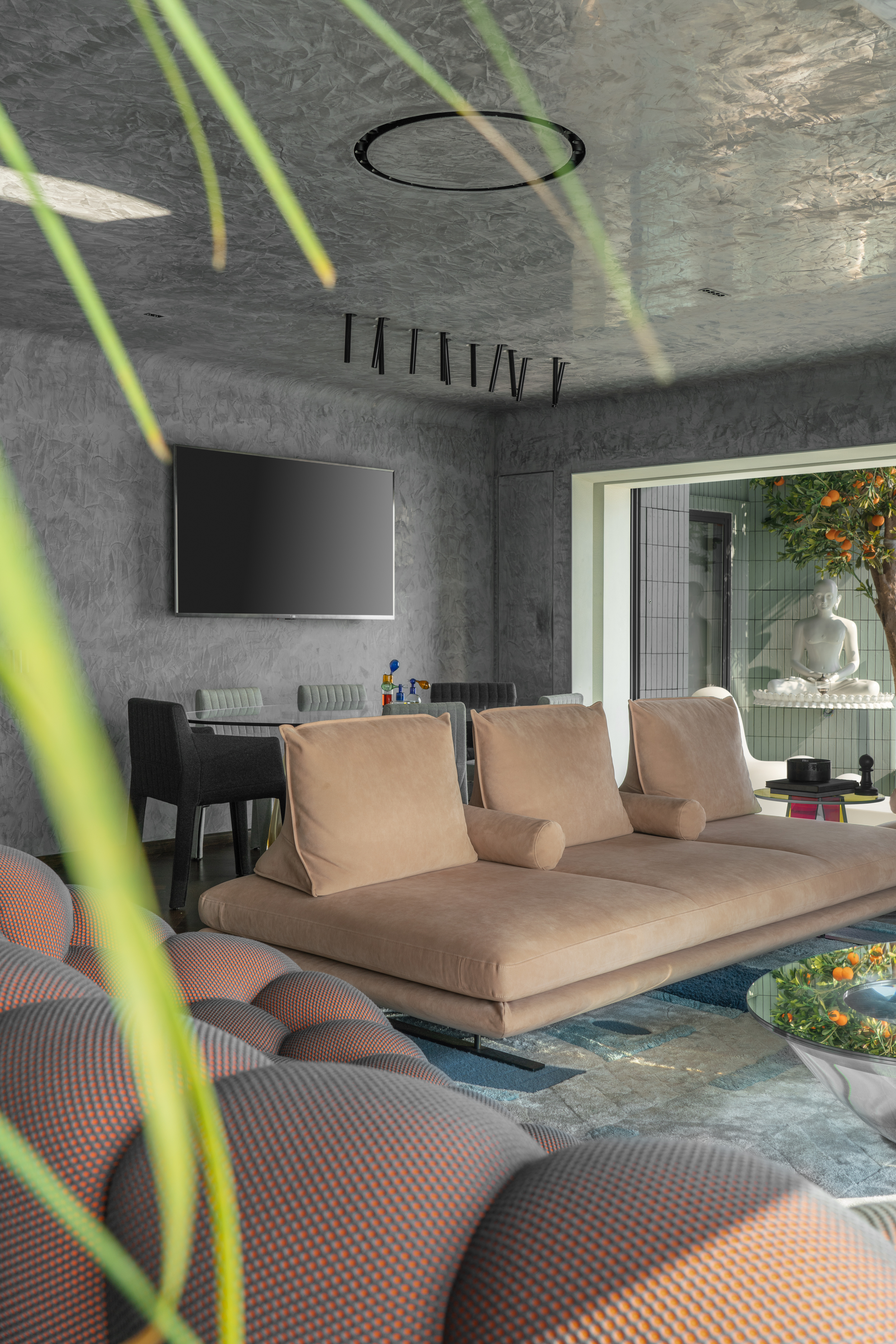
The living room color palette of industrial interiors hinges on the existing colors of the building. More often than not, a building’s raw materials are wood and metal, and so browns, deep reds, and burnt oranges work in this style. If you don't want to include all the exposed elements, you could create the brutalist look by painting your walls in a minimalist, distressed white. Even brick walls can be painted in this hue to give them a more accented appeal.
Otherwise, textural concrete walls or even stucco could help create a rugged look. For even more grunge, you could strip off the existing wallpaper to create a textural look for your walls.
For timeless wallpaper options, a faded one can do wonders to an industrially decorated living room as it adds another layer of design to the space.
10. Keep the palette dark and moody
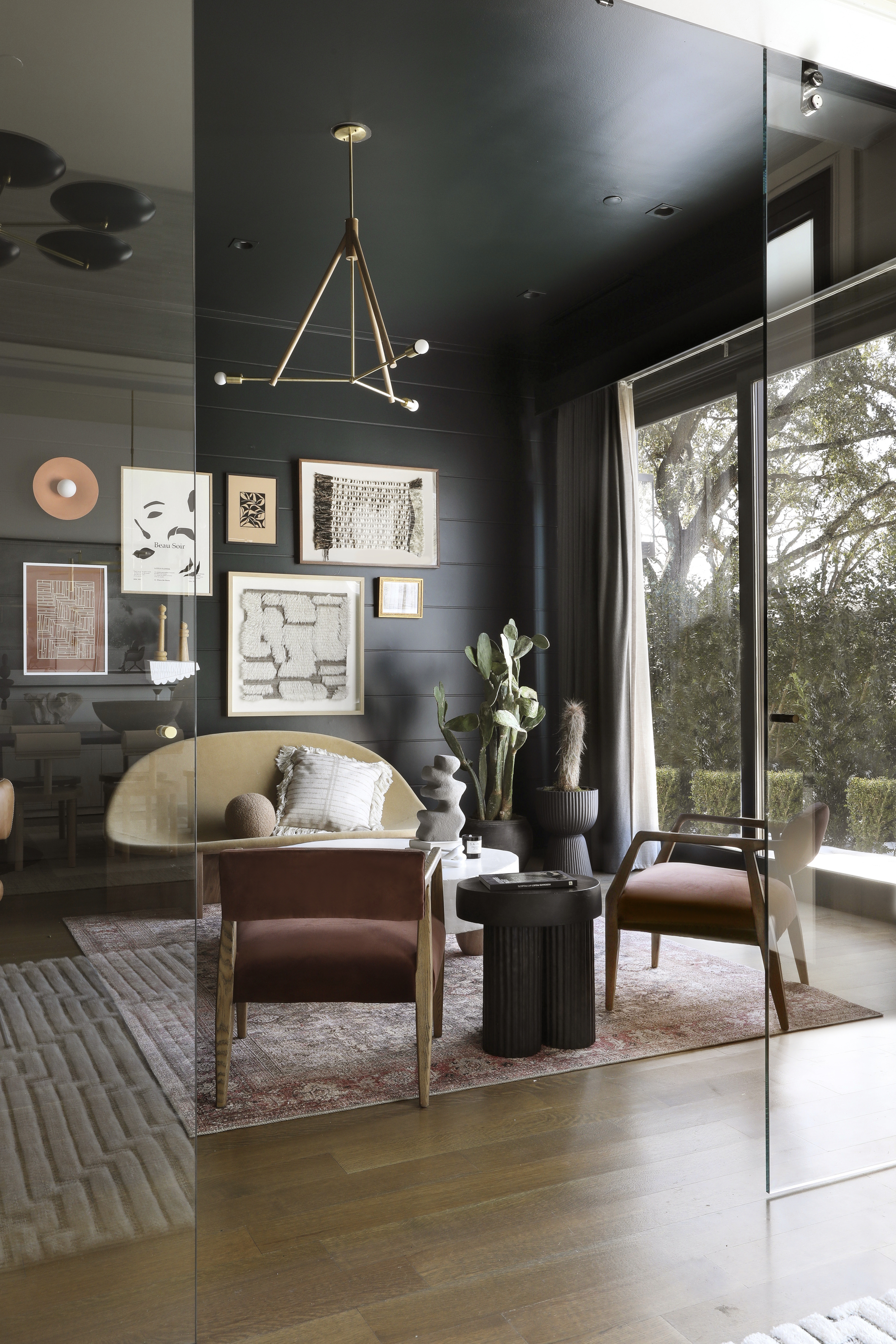
A dark living room palette helps create a moody, more pensive environment, a vibe that matches the industrial style. 'A simple color palette of deep grey, black and white shades paired with natural wood furnishings, metal lighting, heavy linen, or hessian and repurposed accessories will create a sophisticated twist on the urban industrial trend. Contrast plastered walls with painted concrete or brick to add texture and depth to the space and don’t be afraid to take a dark grey or off-black color onto the ceiling,' offers Ruth Mottershead, Creative Director, Little Greene.
If your interior seems too moody, you could choose lighter-toned flooring and open up the space to more natural light, as seen in the above image. The inside-outside connection helps balance the vibe in the living room while retaining its character.
11. Pared down furnishings are essential
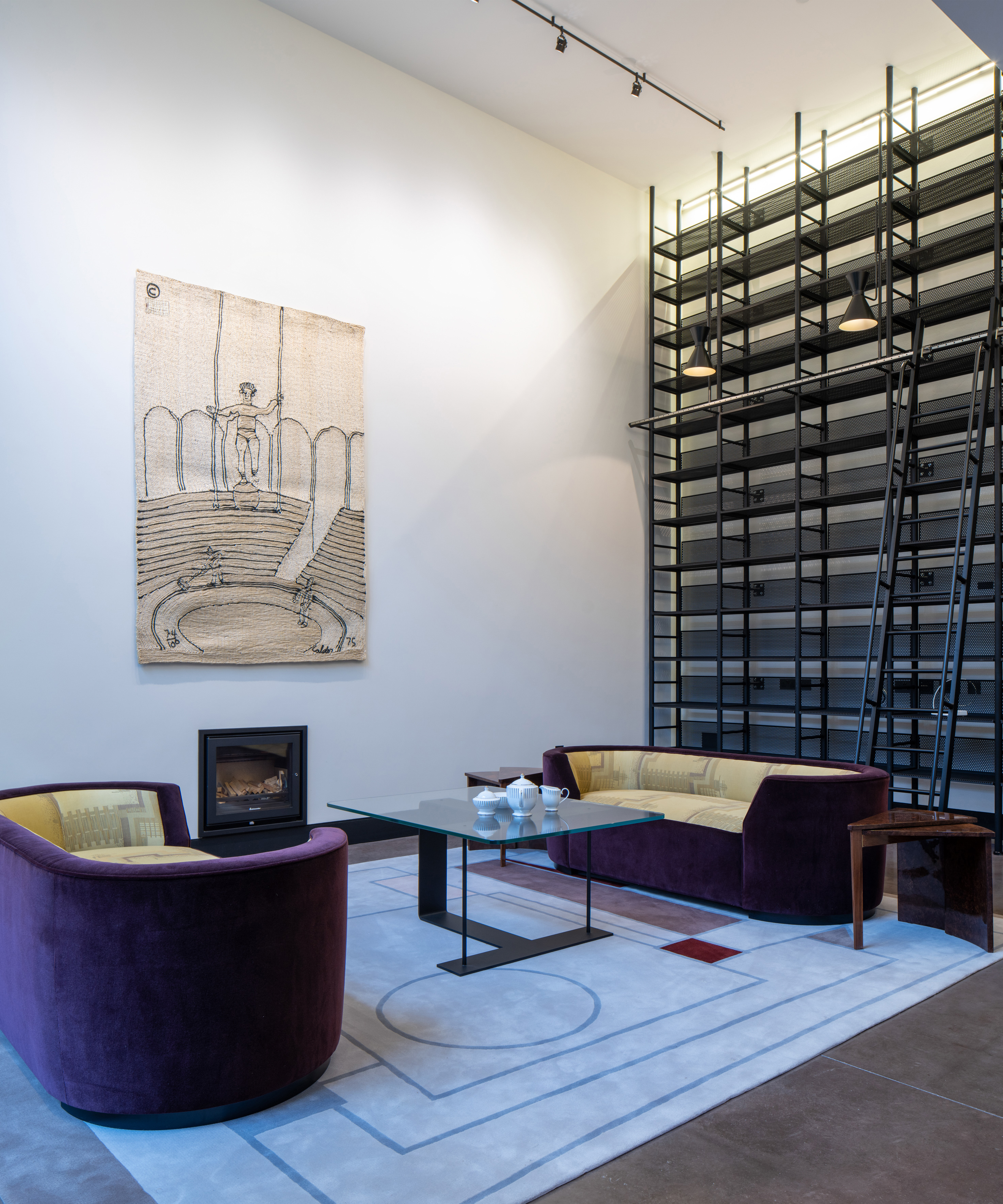
The idea is to have a no-nonsense space, with strong silhouettes, clean lines, and a minimal aesthetic. Too many cushions, bright colored sofas, and long geometric carpets largely do not work for the industrial style. If the space feels too cold, you could induce pops of colors via plants and a few curios.
For abstract art, there's room for giant abstract works and mixed-media sculptures in your living room. When in doubt, you can never go wrong with black and white photographs or polaroids.
'Fill up the space with minimal, yet efficient furnishings. Often, the actual building elements can become highlights of the design. Since the goal is not to achieve highly finished details, one can play around with colors and textures, while crafting an overall low-maintenance space,' offers Meeta B. Talwar.
12. Imperfections seal the deal
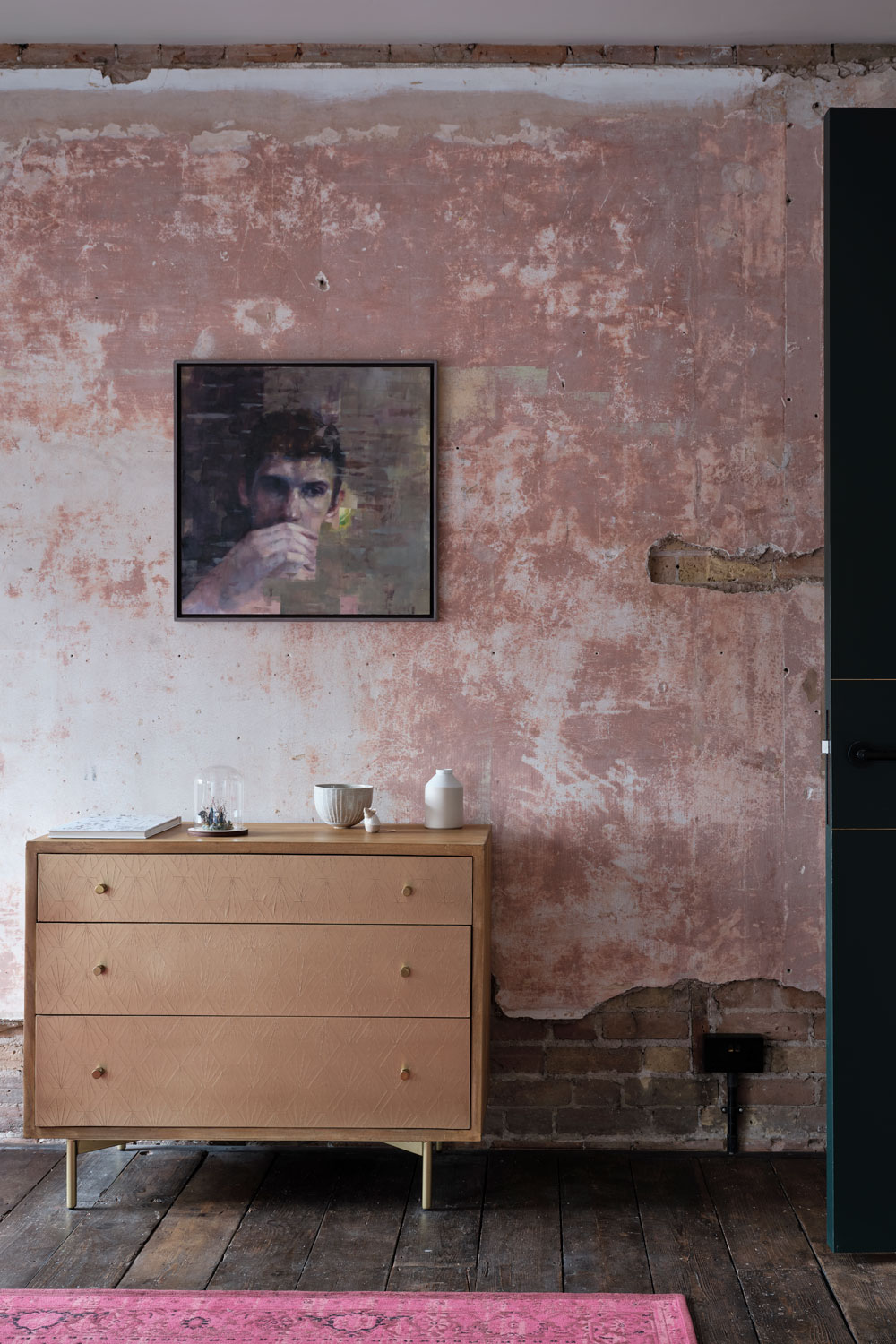
The industrial style celebrates the simple imperfections of a building – its rusting windows, broken walls, and not-so-smooth stone flooring. The idea is to embrace what you have, without questions, and to find beauty in things that don't necessarily look decorated. If you have a peeling wall, a smidgen of rust on the pipes, a chipped furniture piece, or an uneven, rugged floor, make it seem like an accent piece. Don't cover it, expose it.
Be The First To Know
The Livingetc newsletters are your inside source for what’s shaping interiors now - and what’s next. Discover trend forecasts, smart style ideas, and curated shopping inspiration that brings design to life. Subscribe today and stay ahead of the curve.

Aditi Sharma Maheshwari started her career at The Address (The Times of India), a tabloid on interiors and art. She wrote profiles of Indian artists, designers, and architects, and covered inspiring houses and commercial properties. After four years, she moved to ELLE DECOR as a senior features writer, where she contributed to the magazine and website, and also worked alongside the events team on India Design ID — the brand’s 10-day, annual design show. She wrote across topics: from designer interviews, and house tours, to new product launches, shopping pages, and reviews. After three years, she was hired as the senior editor at Houzz. The website content focused on practical advice on decorating the home and making design feel more approachable. She created fresh series on budget buys, design hacks, and DIYs, all backed with expert advice. Equipped with sizable knowledge of the industry and with a good network, she moved to Architectural Digest (Conde Nast) as the digital editor. The publication's focus was on high-end design, and her content highlighted A-listers, starchitects, and high-concept products, all customized for an audience that loves and invests in luxury. After a two-year stint, she moved to the UK and was hired at Livingetc as a design editor. She now freelances for a variety of interiors publications.
-
 Turns Out the Coolest New Café is Actually In Your Kitchen — Here's How to Steal the Style of TikTok's Latest Trend
Turns Out the Coolest New Café is Actually In Your Kitchen — Here's How to Steal the Style of TikTok's Latest TrendGoodbye, over-priced lattes. Hello, home-brewed coffee with friends. TikTok's 'Home Cafe' trend brings stylish cafe culture into the comfort of your own home
By Devin Toolen Published
-
 5 Bathroom Layouts That Look Dated in 2025 — Plus the Alternatives Designers Use Instead for a More Contemporary Space
5 Bathroom Layouts That Look Dated in 2025 — Plus the Alternatives Designers Use Instead for a More Contemporary SpaceFor a bathroom that feels in line with the times, avoid these layouts and be more intentional with the placement and positioning of your features and fixtures
By Lilith Hudson Published